
What Yonge Street used to look like in Toronto
The history of Yonge Street is that of Toronto itself. As the street developed, so too did the city around it. Even as the first commercial hub in the city was located to the east of Yonge, by the turn of the century, it was already becoming our most important thoroughfare. In the time that's intervened, Yonge St. has become an iconic symbol of Toronto, home to our first subway line, a ton of musical history, a massive downtown shopping mall, and more neon lights than anywhere else in the city.
Yes, the street has had its sketchy moments, but there are few places with more character. Layers upon layers of history can be spotted by paying attention to shop signs and second storeys where long-closed business still leave a trace. While some glorious buildings like the Board of Trade and the Yonge St. Arcade were lost, structures like College Park, the Dineen Building, and the Masonic Temple at Yonge and Davenport serve as a reminder of the street's rich past.
It's hard to believe that we haven't done this post before, but here's a long overdue blast from Yonge St.'s past.
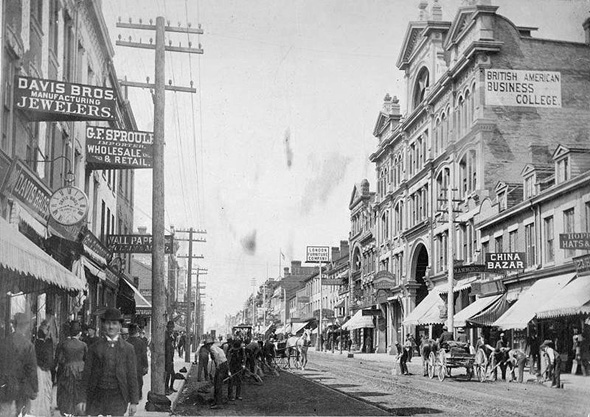
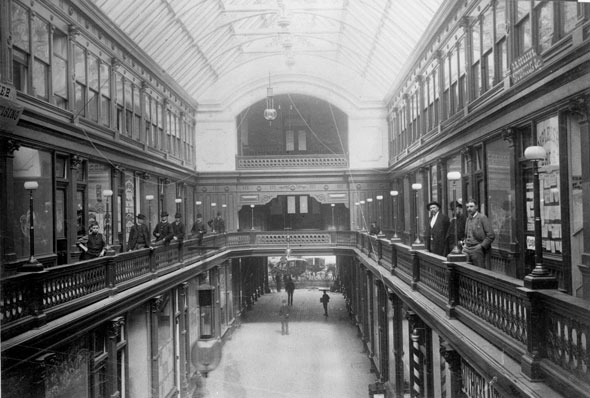
Interior of Yonge St. Arcade, 1890s
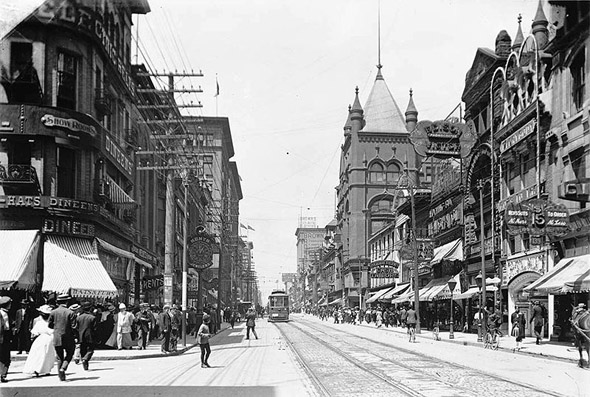
Yonge and Temperance, 1900s
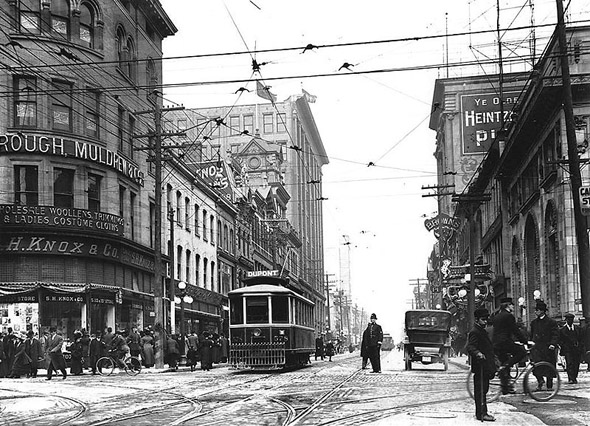
Queen and Yonge, 1910s
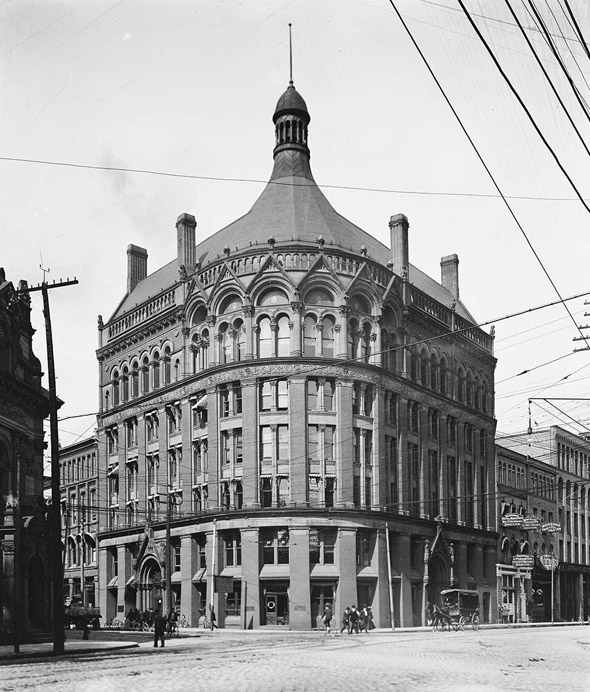
Board of Trade Building, 1920s
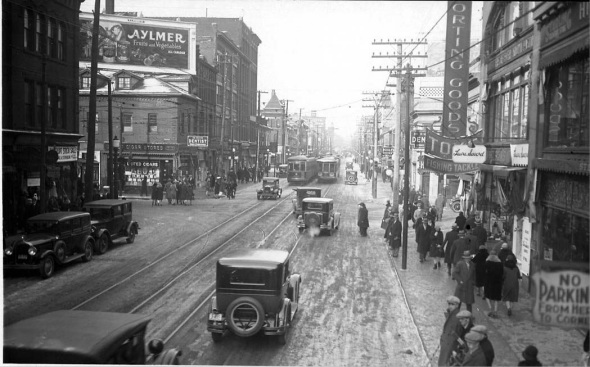
Yonge and Dundas, 1920s
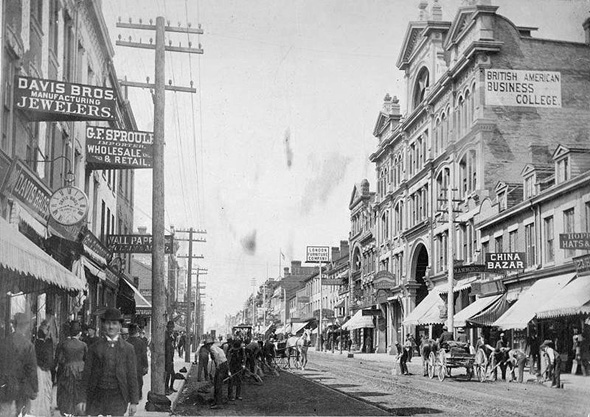
Looking east from Yonge St. Arcade, Ca. 1920s
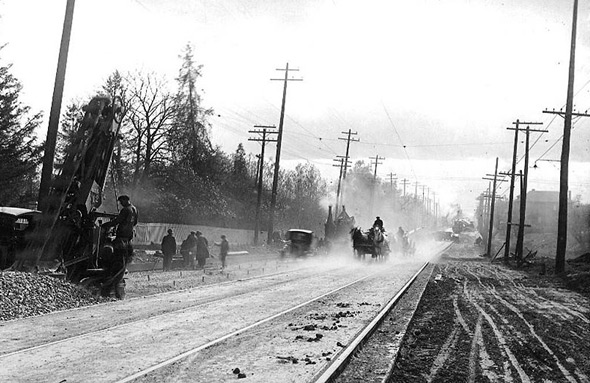
Yonge and Lawrence, 1920s
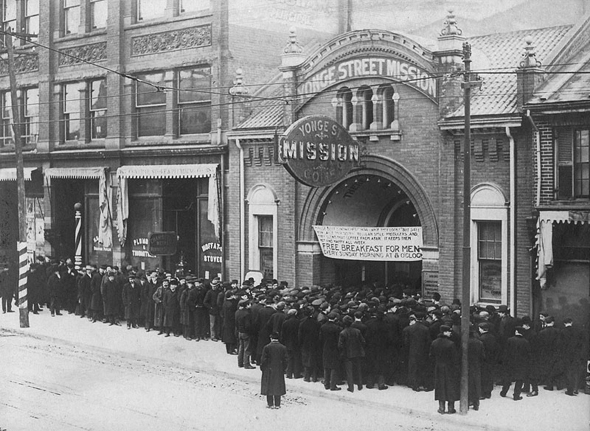
Yonge St. Mission, 1930s
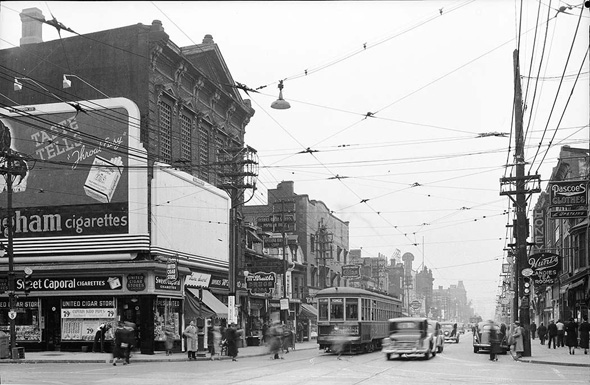
Yonge and Bloor, 1930s
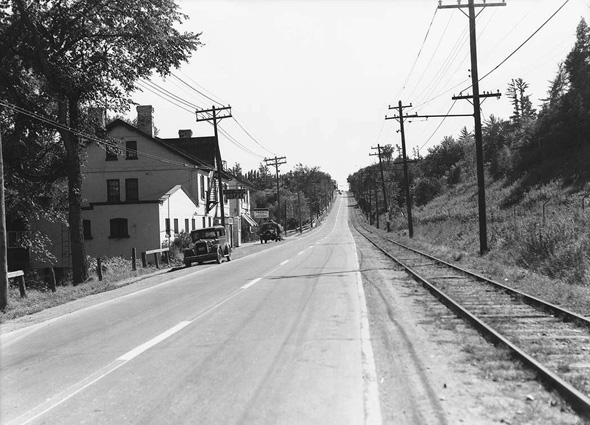
Yonge St. south of York Mills, 1930s
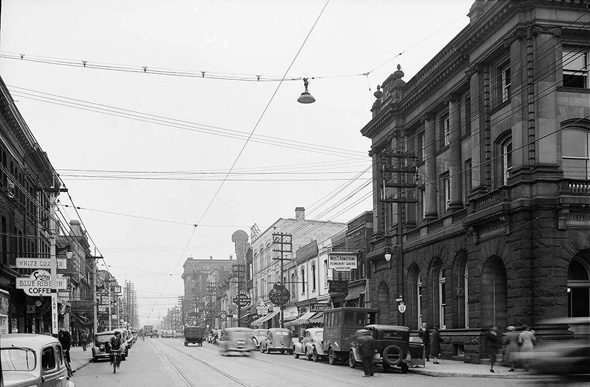
Yonge St. north of Charles, 1930s
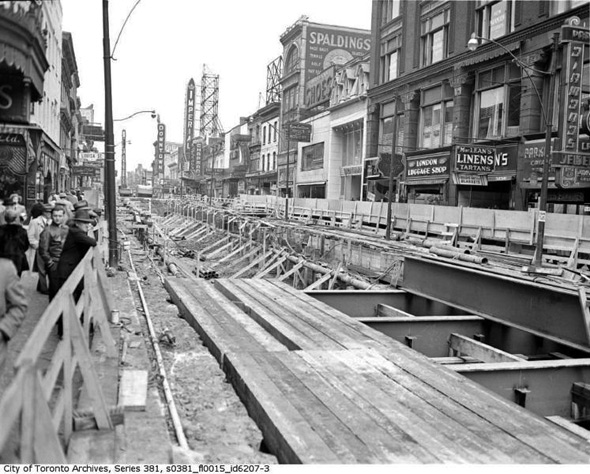
Yonge St. subway construction, late 1940s
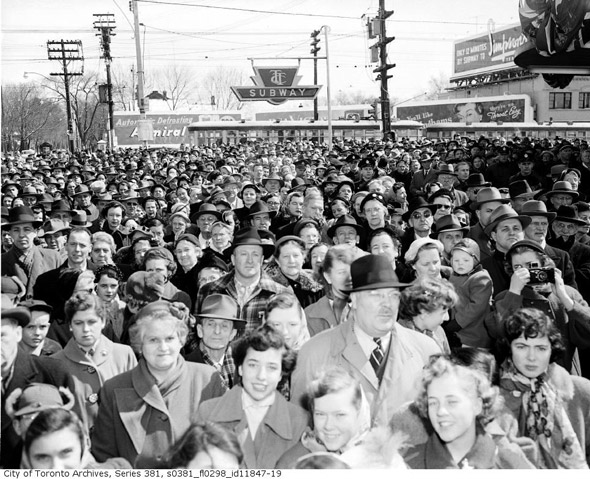
Opening day of the Toronto subway, 1950s
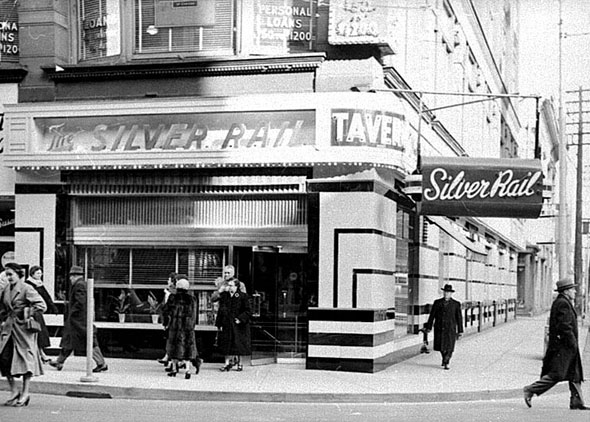
Silver Rail cocktail lounge, 1950s
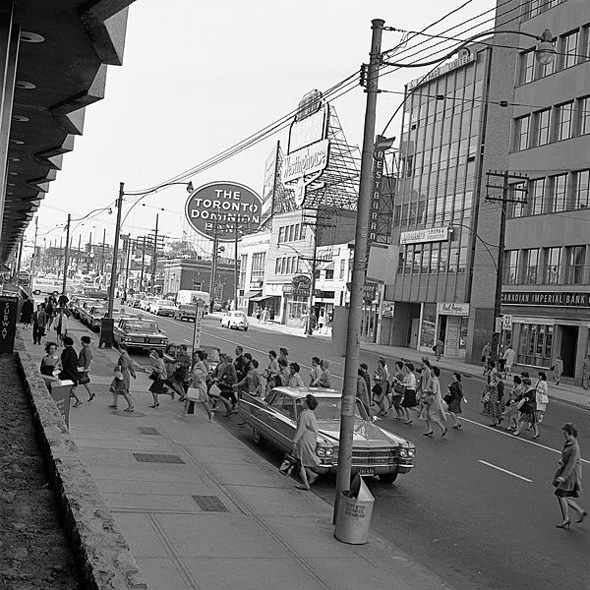
Yonge and Eglinton, 1963
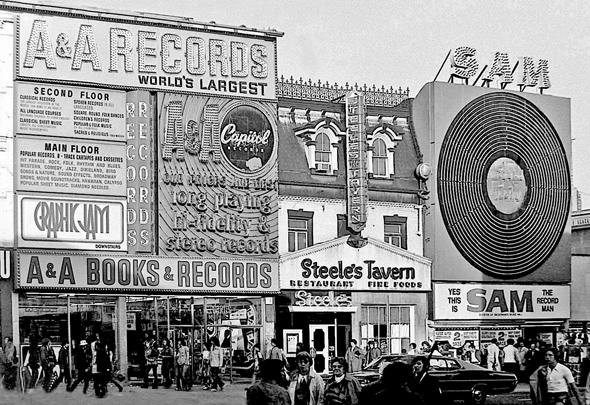
Yonge and Gould, 1960s
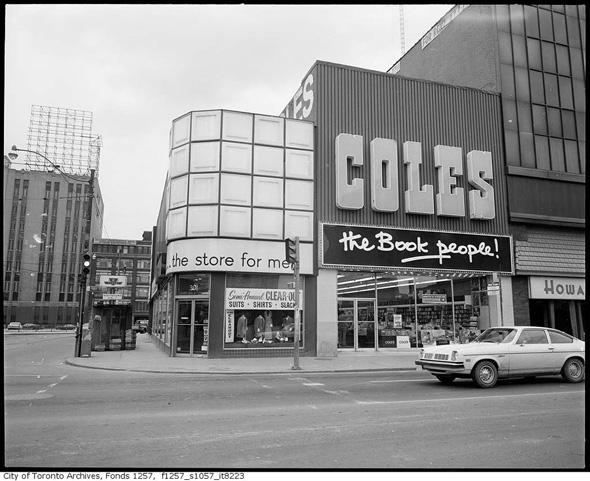
Yonge and Dundas, 1960s
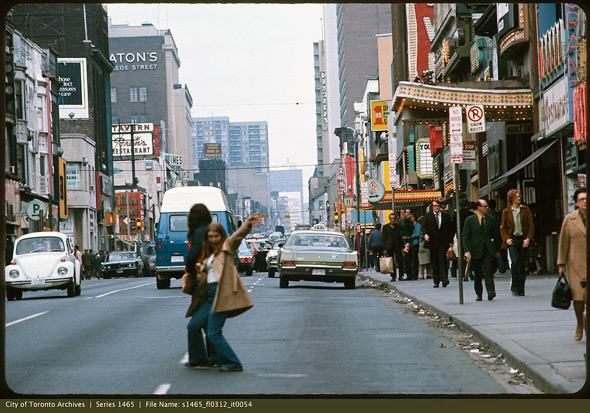
Yonge St., 1970s
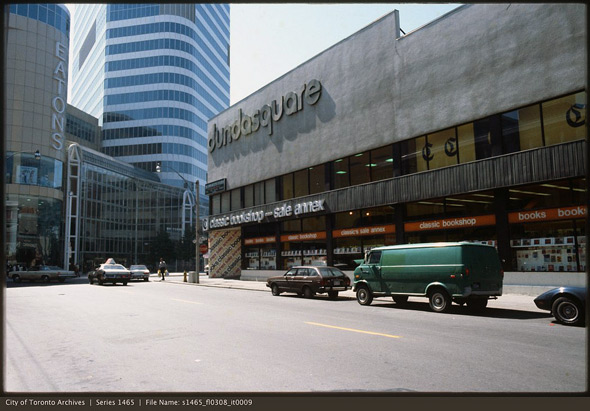
Yonge St., 1970s
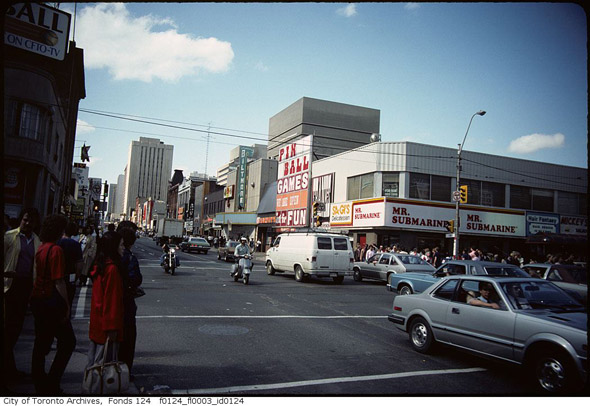
Yonge and Dundas, 1970s
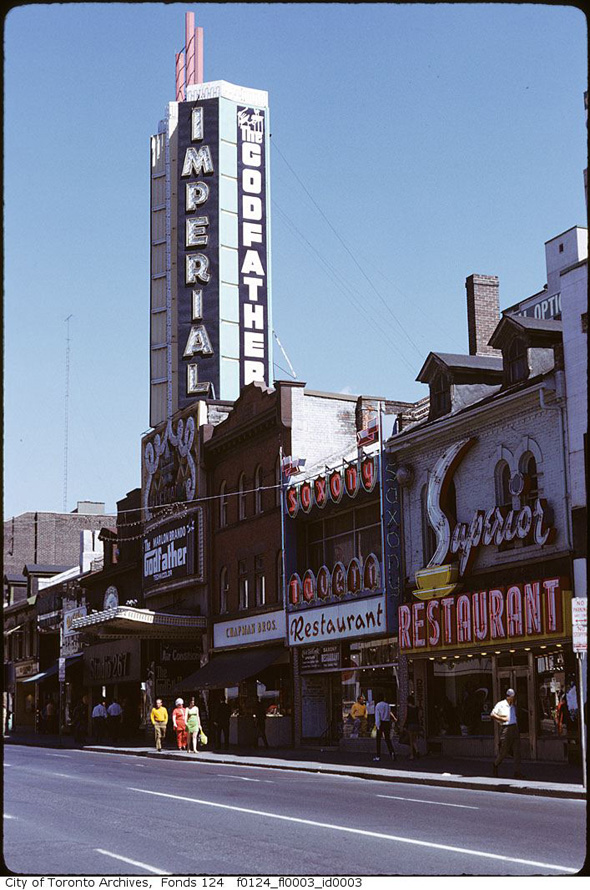
Yonge St., 1970s
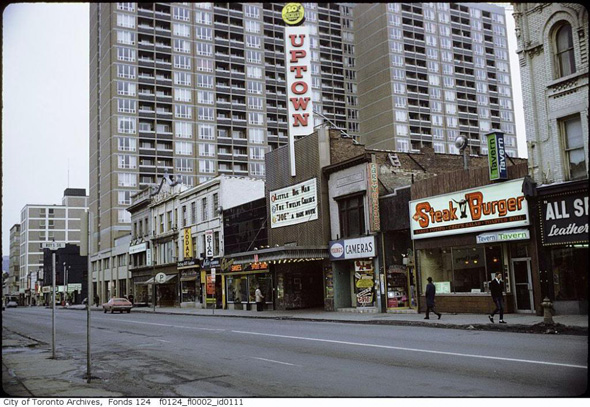
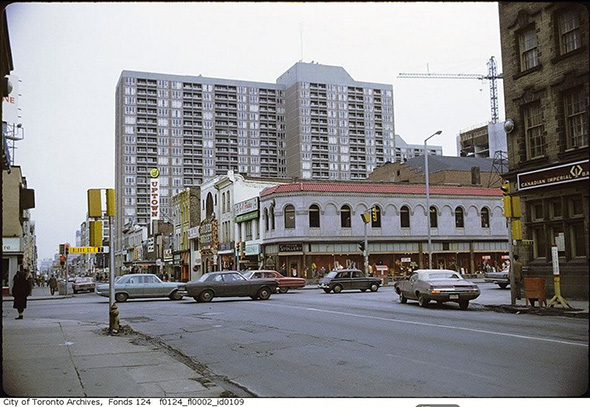
Yonge and Bloor, 1970s
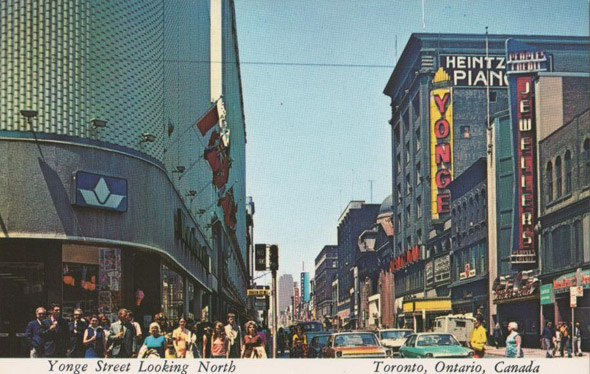
Yonge and Queen postcard
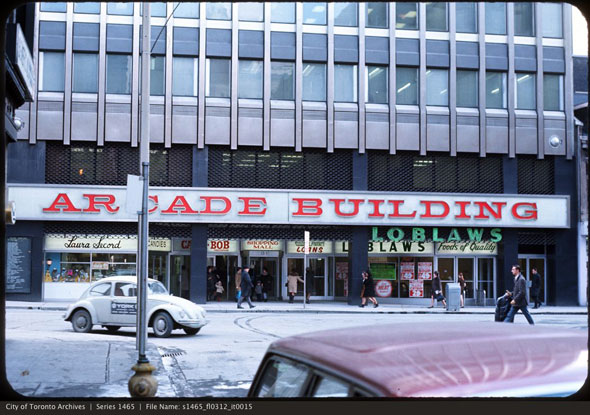
Yonge and Temperance, 1980s
Photos from the Toronto Archives
Latest Videos
Latest Videos
Join the conversation Load comments







